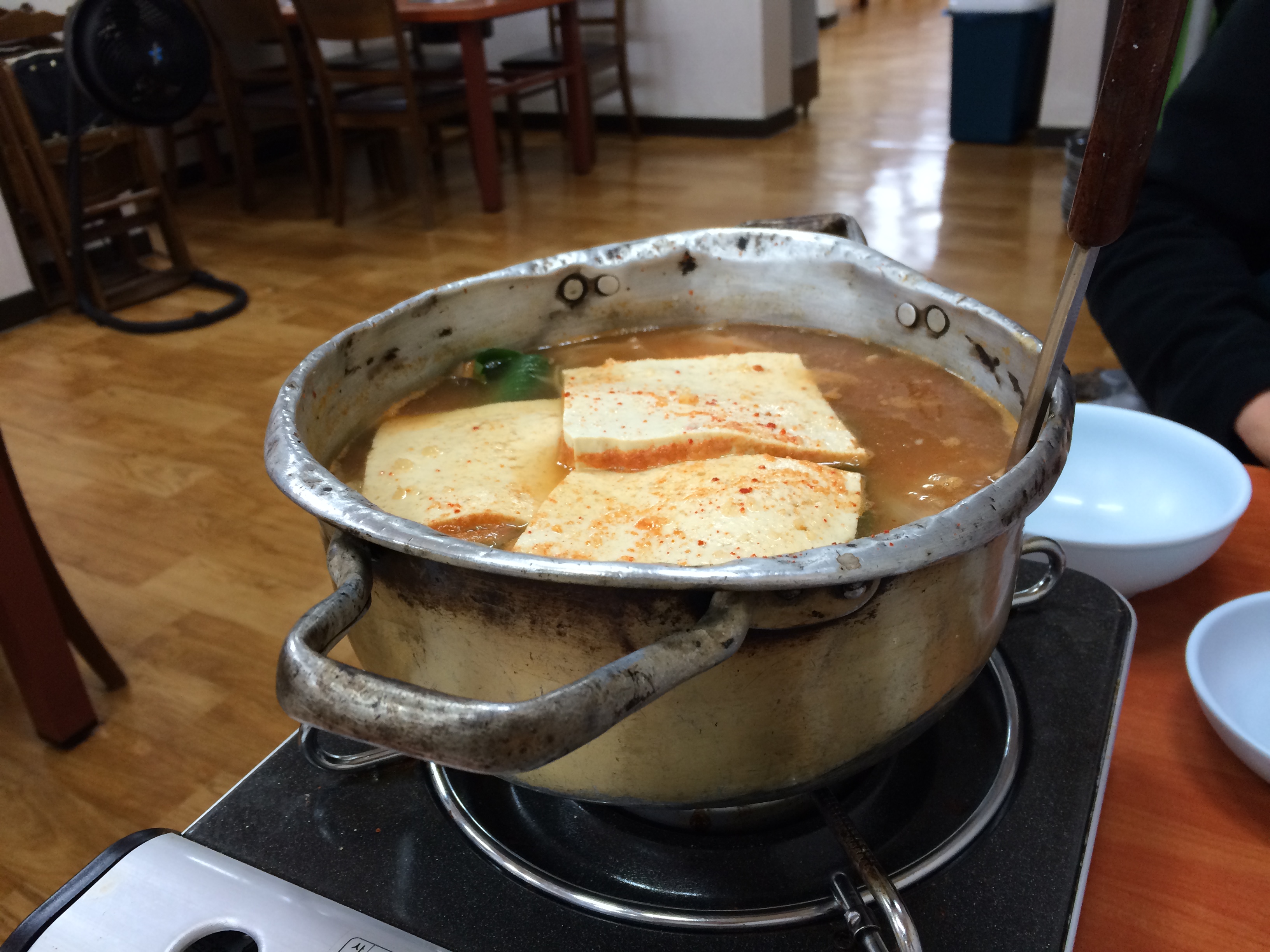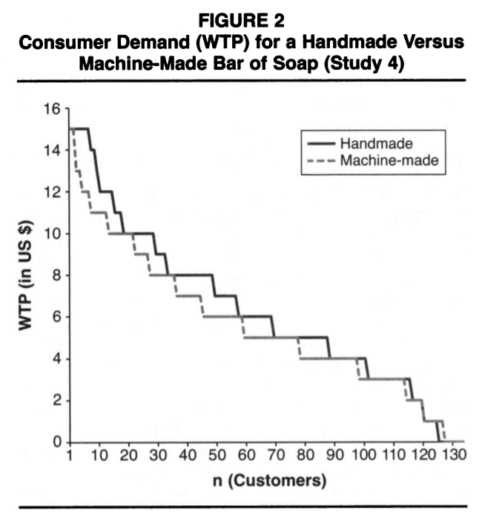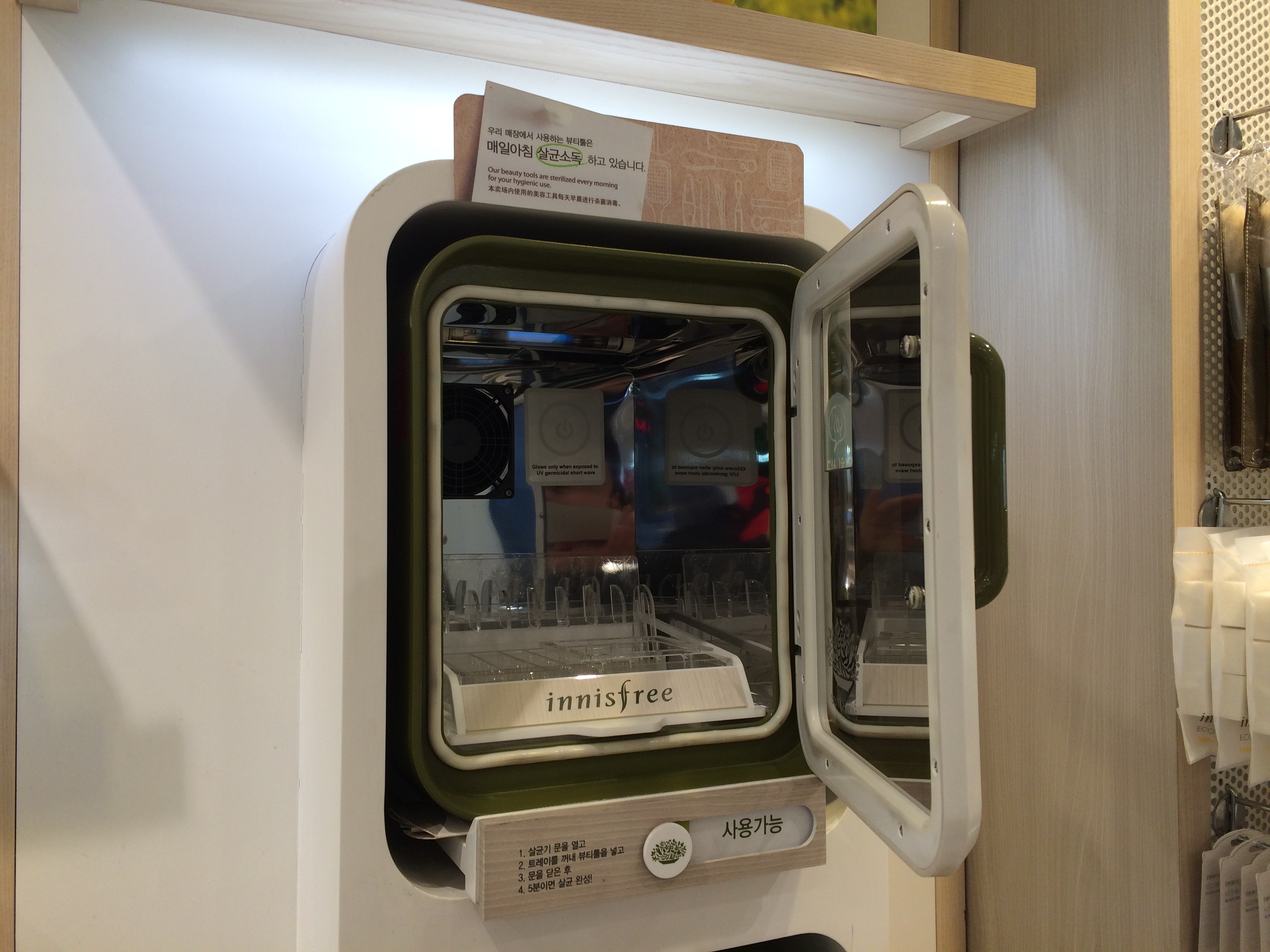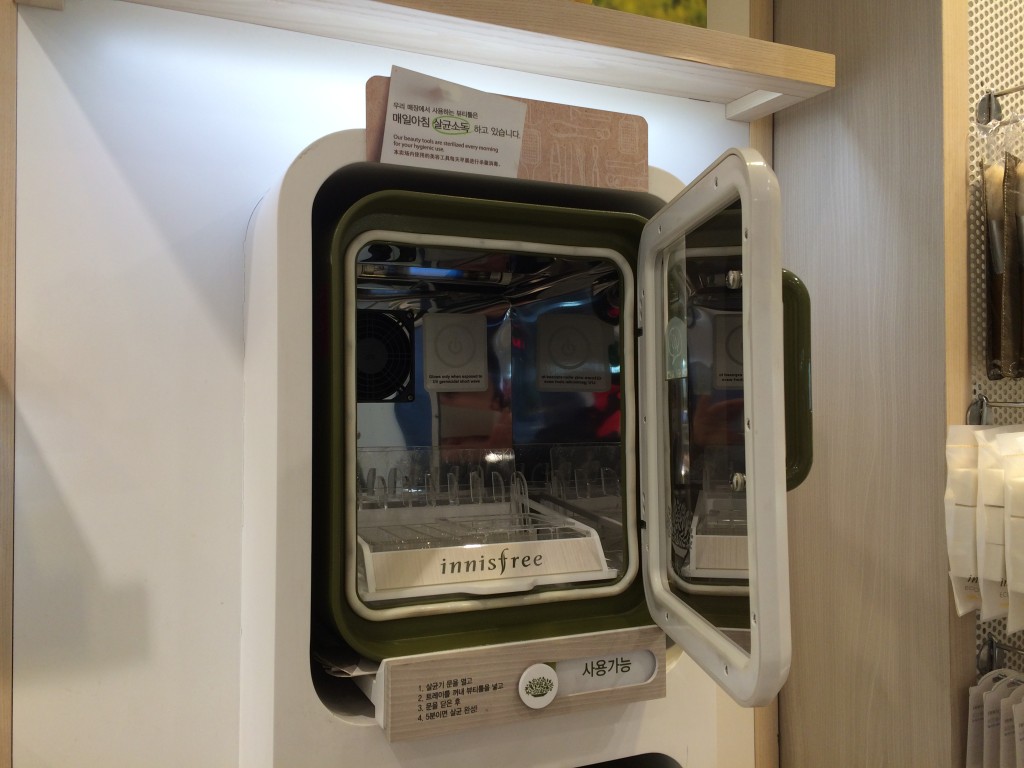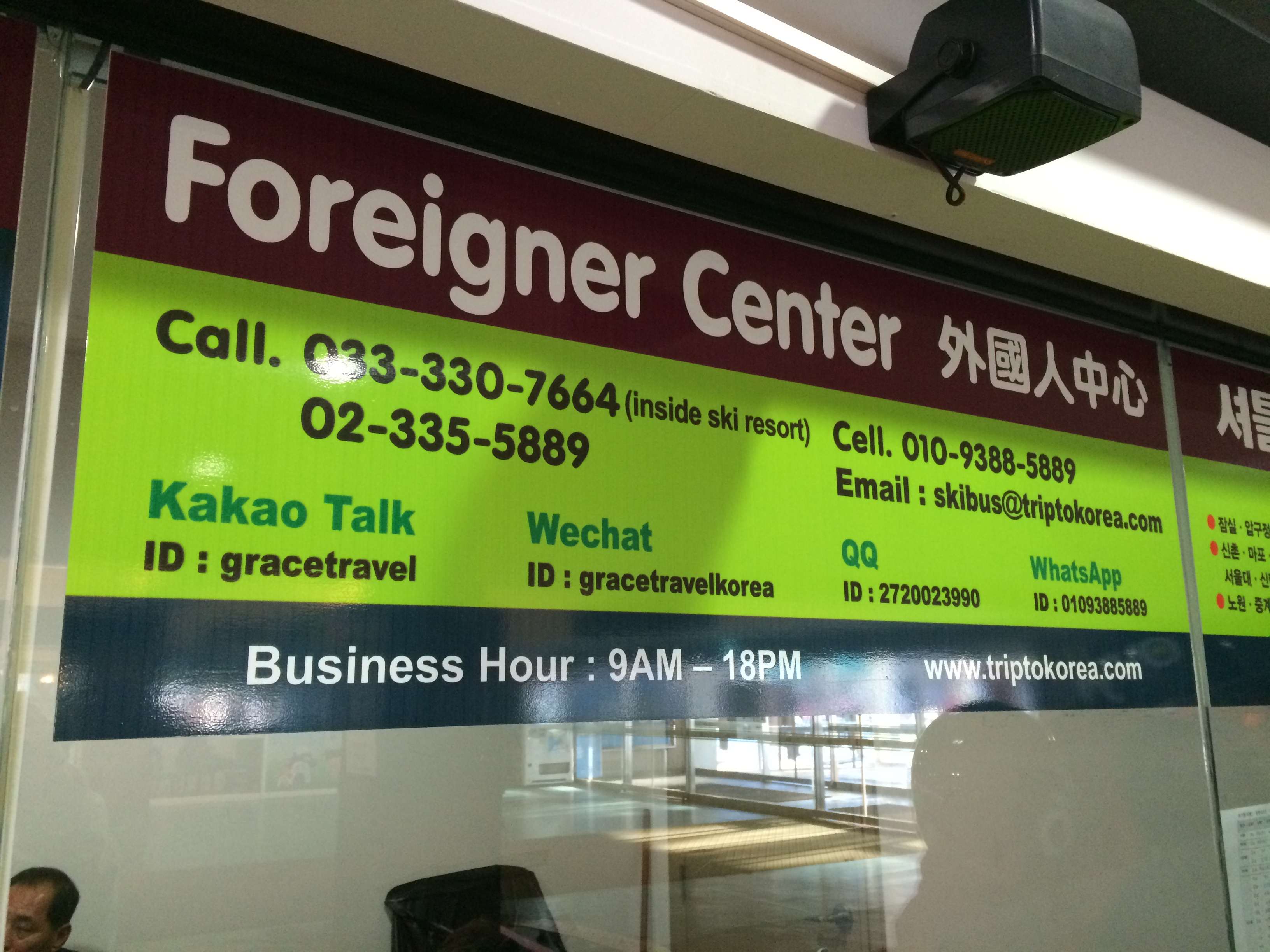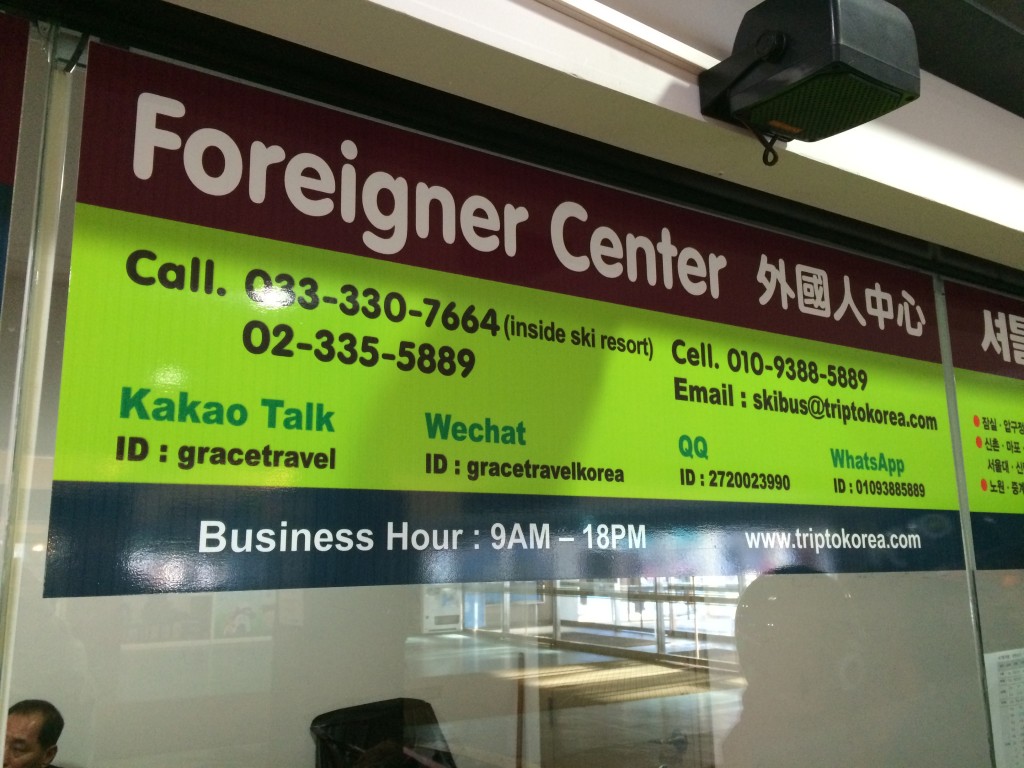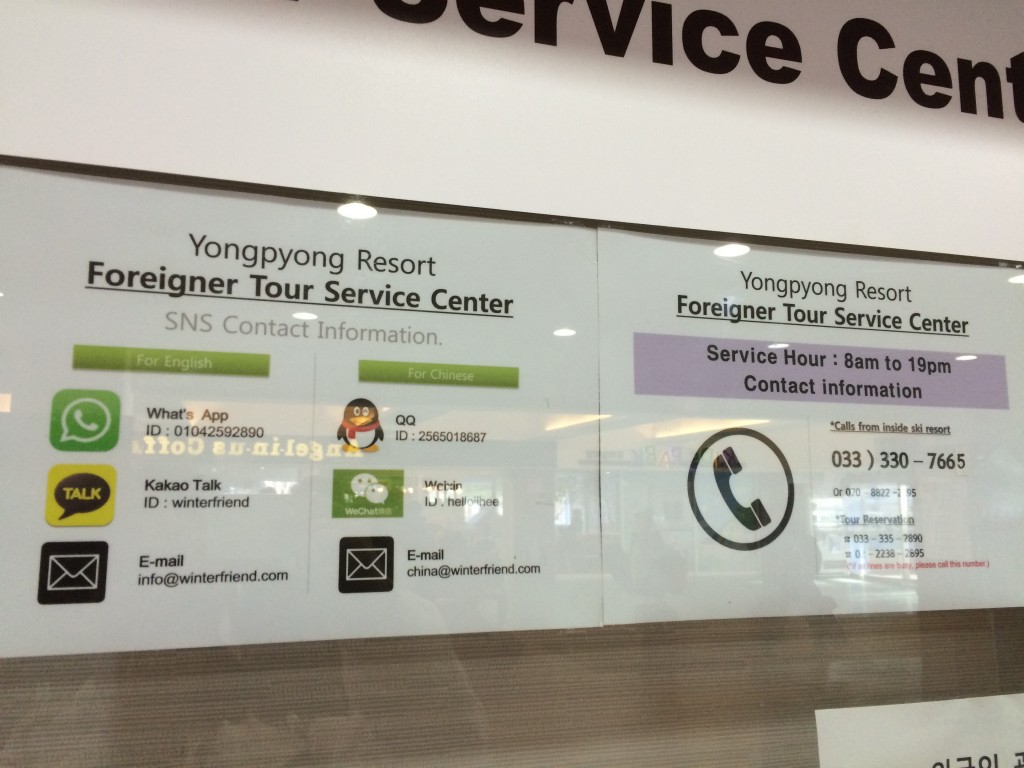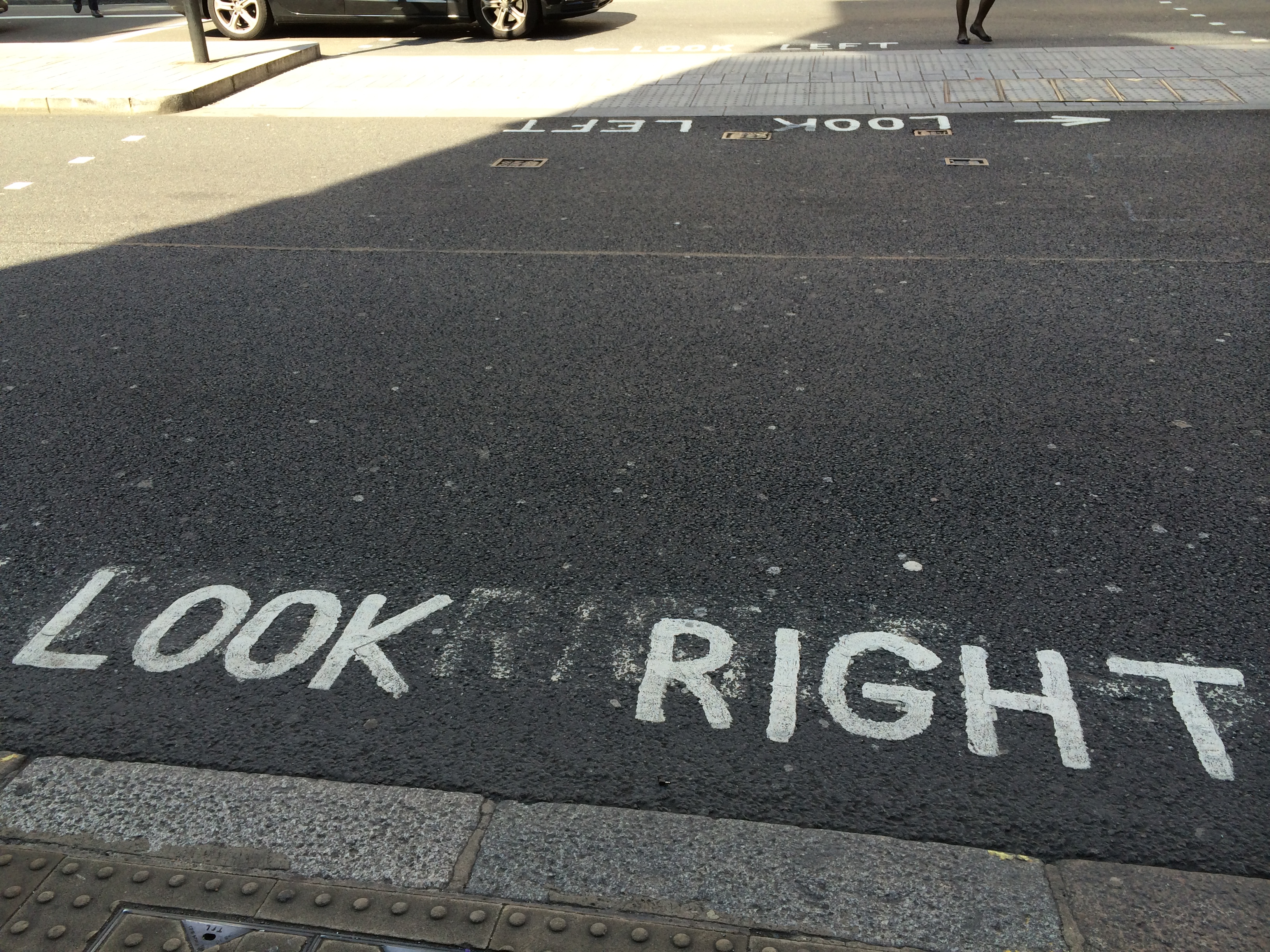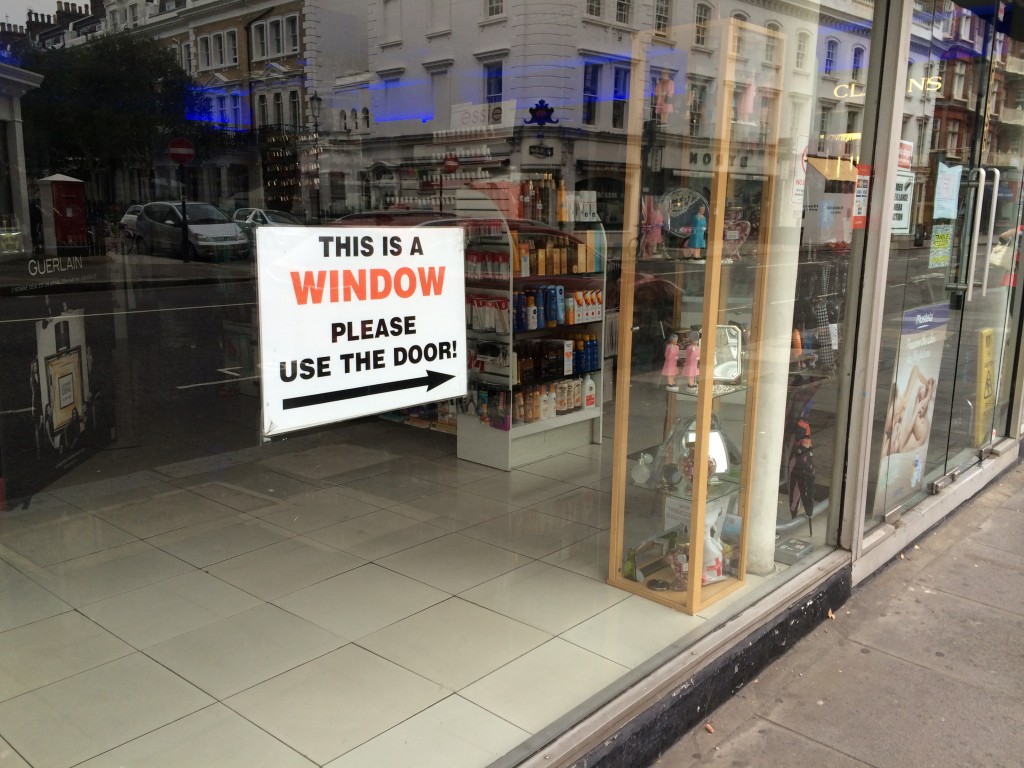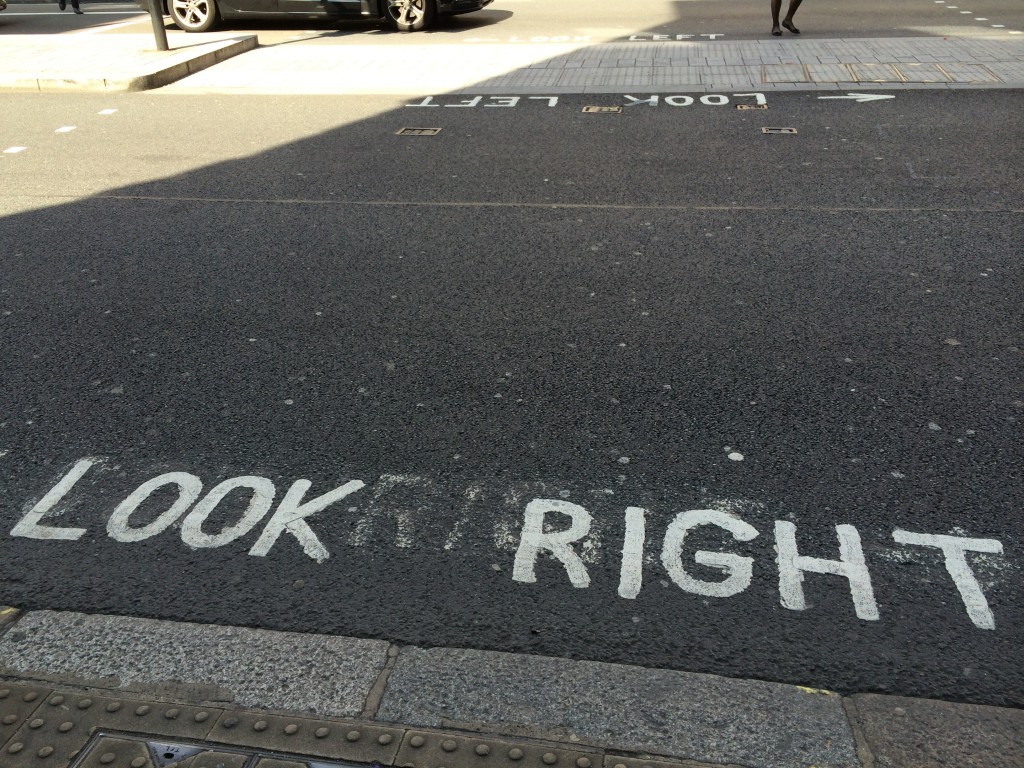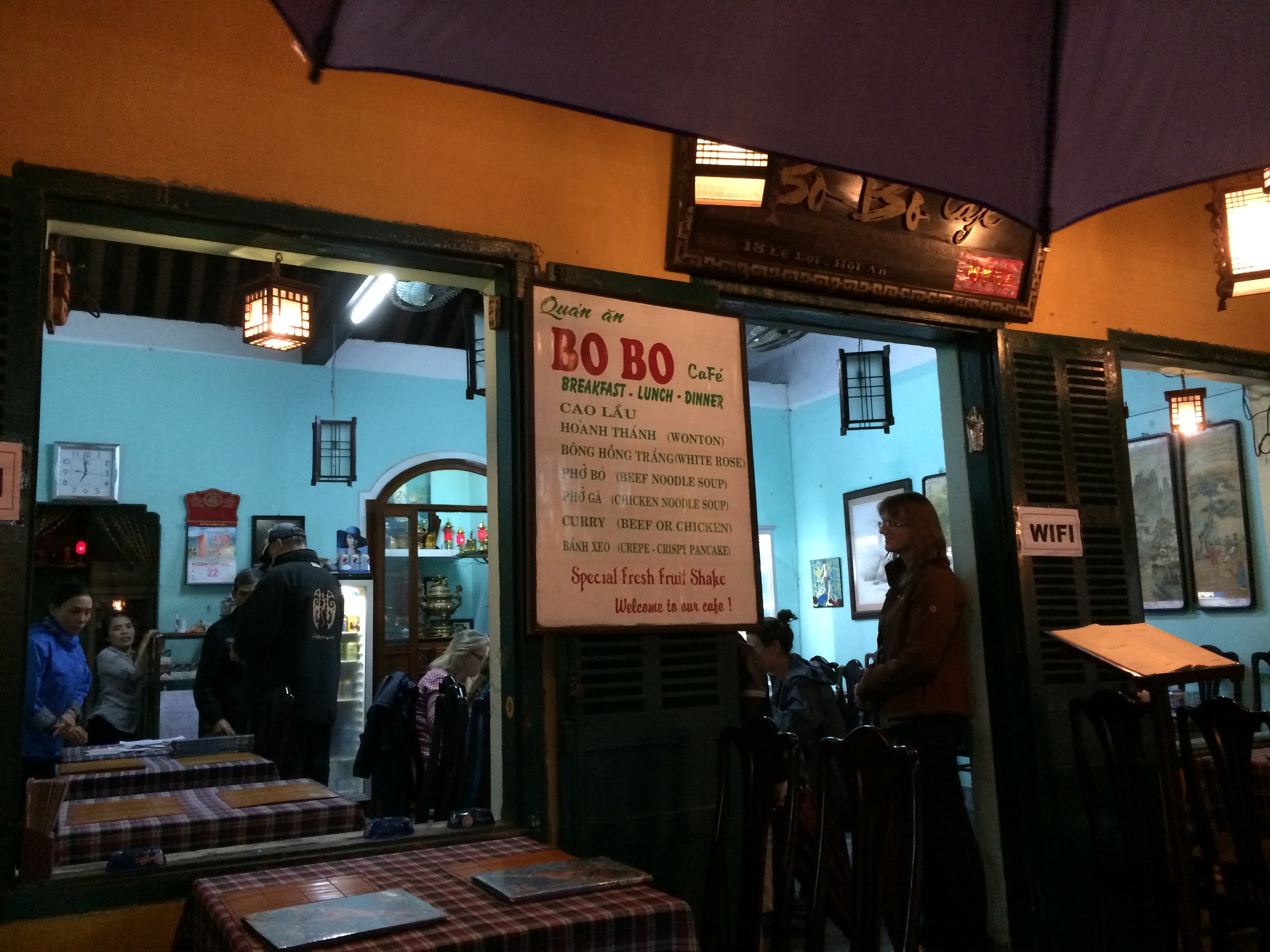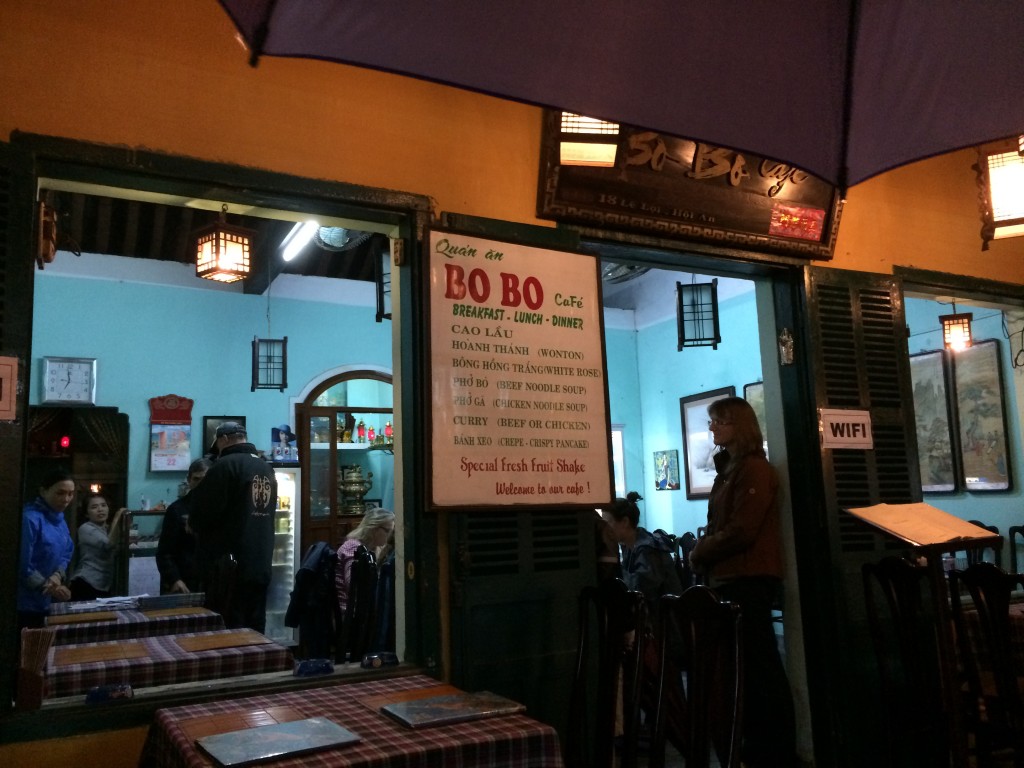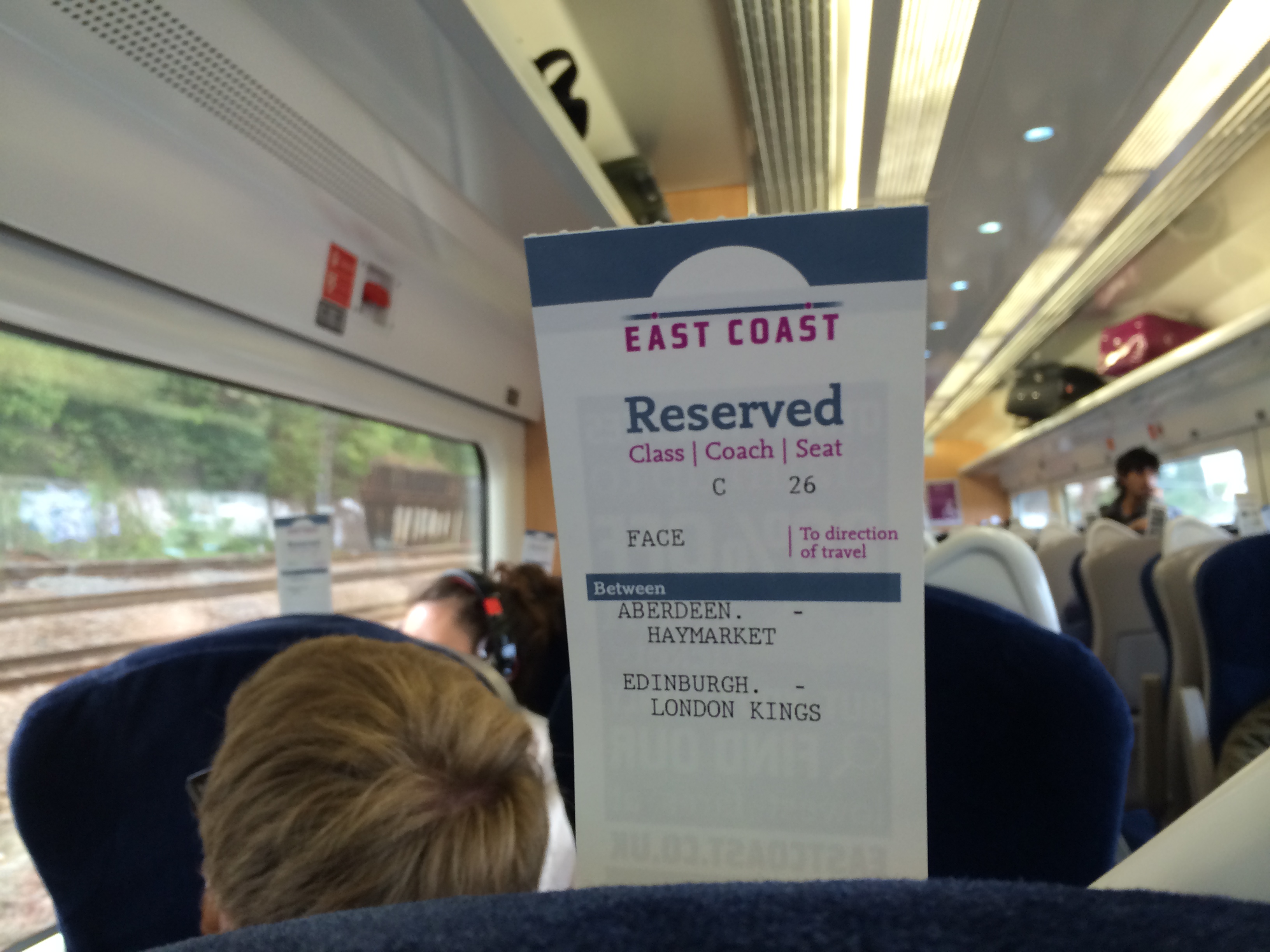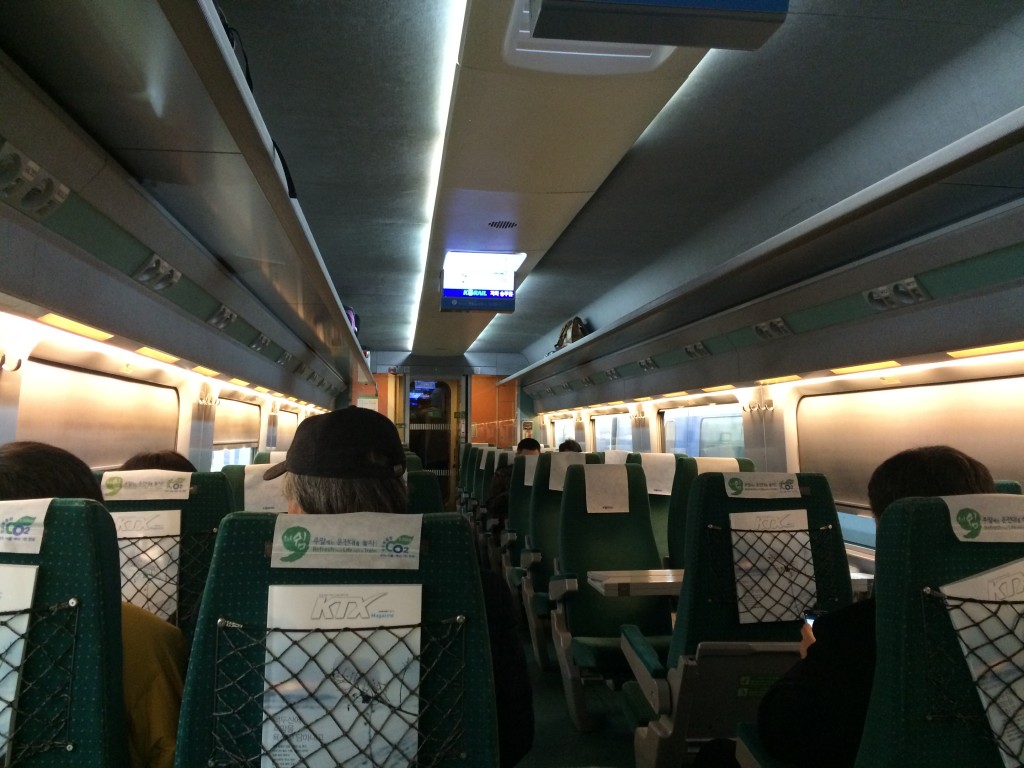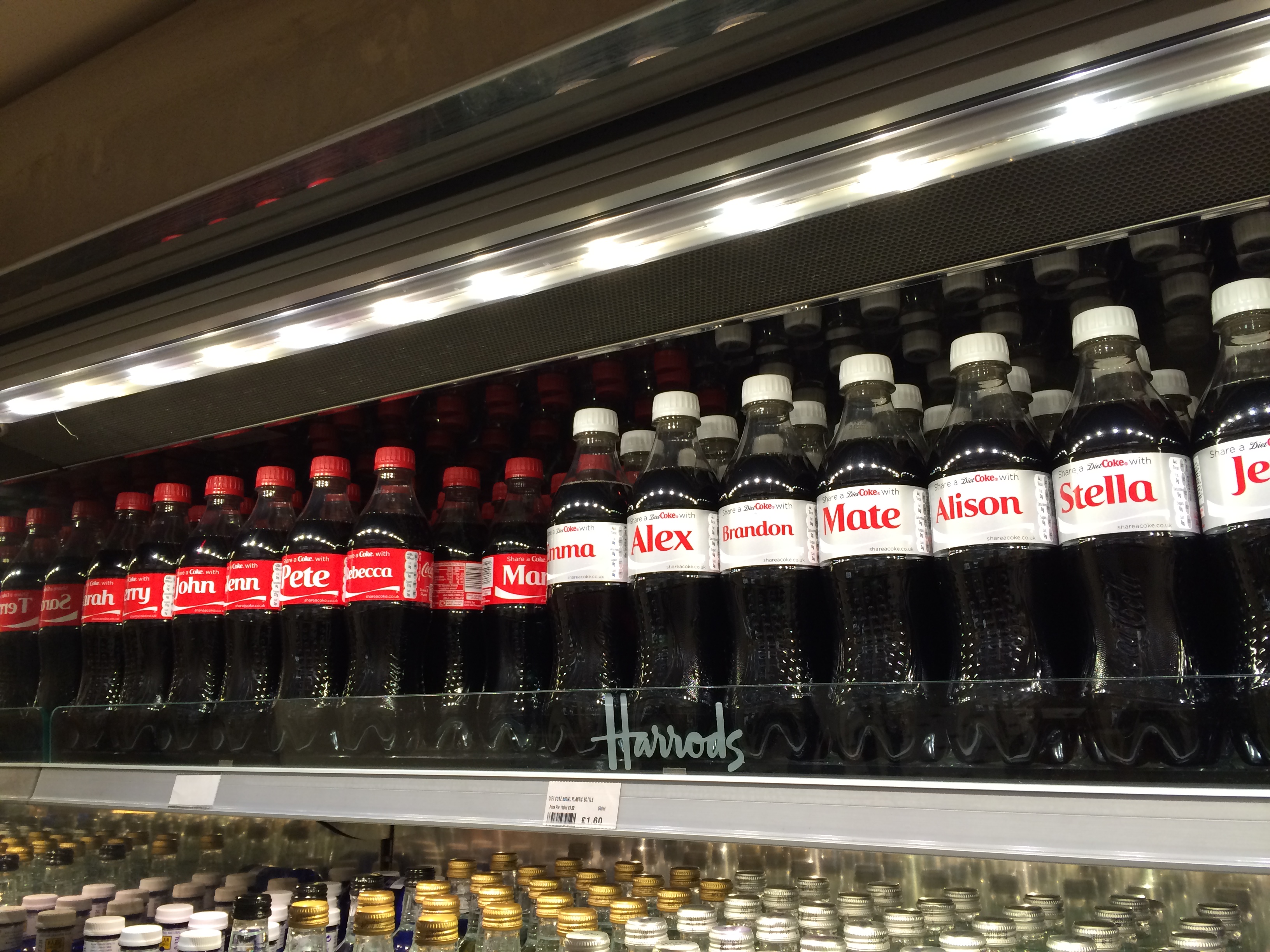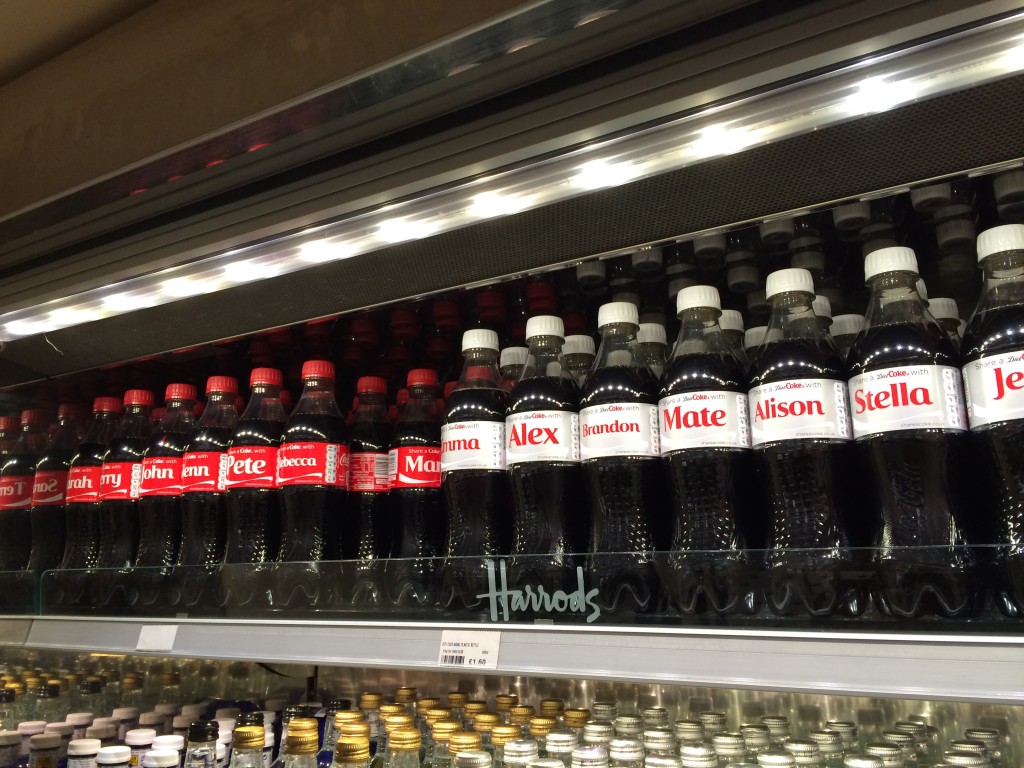 In a large scale indoor space, people need breaks to reduce pains. In a shopping mall or at an exhibition, for example, people often take micro breaks on a bench to reduce the pains in the legs or feet. At a recent exhibition, I met a relatively new solution for the pains that have been little articulated: pains in the eye. When people look around many booths inside the indoor exhibition, they often suffer from dry eyes. Although wearing customized contact lens or dropping artificial tears reduce the pain, shoppers have had no instant solution for this so far. A company introduced electronic devices (blue plastic glasses) to reduce dry eye syndrome or xerophthalmia. Although it looks strange or scared, this device could be installed in shopping malls in the near future for those who want to reduce their pains in the eye.
In a large scale indoor space, people need breaks to reduce pains. In a shopping mall or at an exhibition, for example, people often take micro breaks on a bench to reduce the pains in the legs or feet. At a recent exhibition, I met a relatively new solution for the pains that have been little articulated: pains in the eye. When people look around many booths inside the indoor exhibition, they often suffer from dry eyes. Although wearing customized contact lens or dropping artificial tears reduce the pain, shoppers have had no instant solution for this so far. A company introduced electronic devices (blue plastic glasses) to reduce dry eye syndrome or xerophthalmia. Although it looks strange or scared, this device could be installed in shopping malls in the near future for those who want to reduce their pains in the eye.
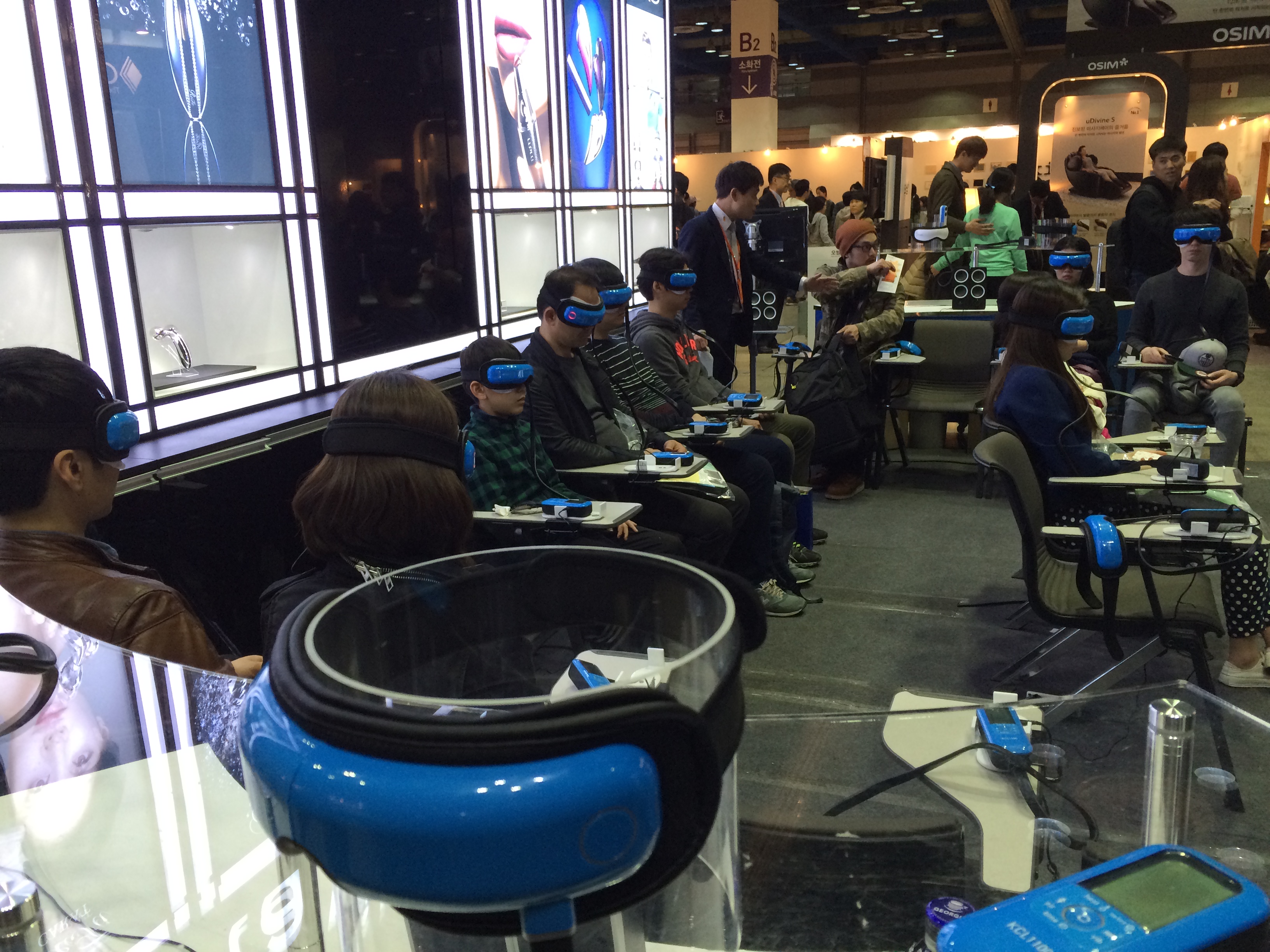

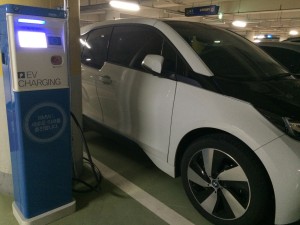 Probably, the department of automotive engineering installed it and owns the electronic vehicle. My first impression about them is that they do not interfere the traffic flow inside the busy parking lot because the charging station occupies a tiny space and it charges a small
Probably, the department of automotive engineering installed it and owns the electronic vehicle. My first impression about them is that they do not interfere the traffic flow inside the busy parking lot because the charging station occupies a tiny space and it charges a small 
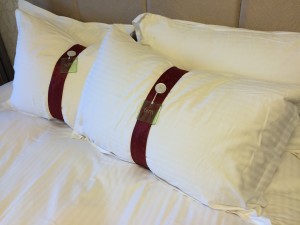 Pillows are important for a good night’s sleep.
Pillows are important for a good night’s sleep. 